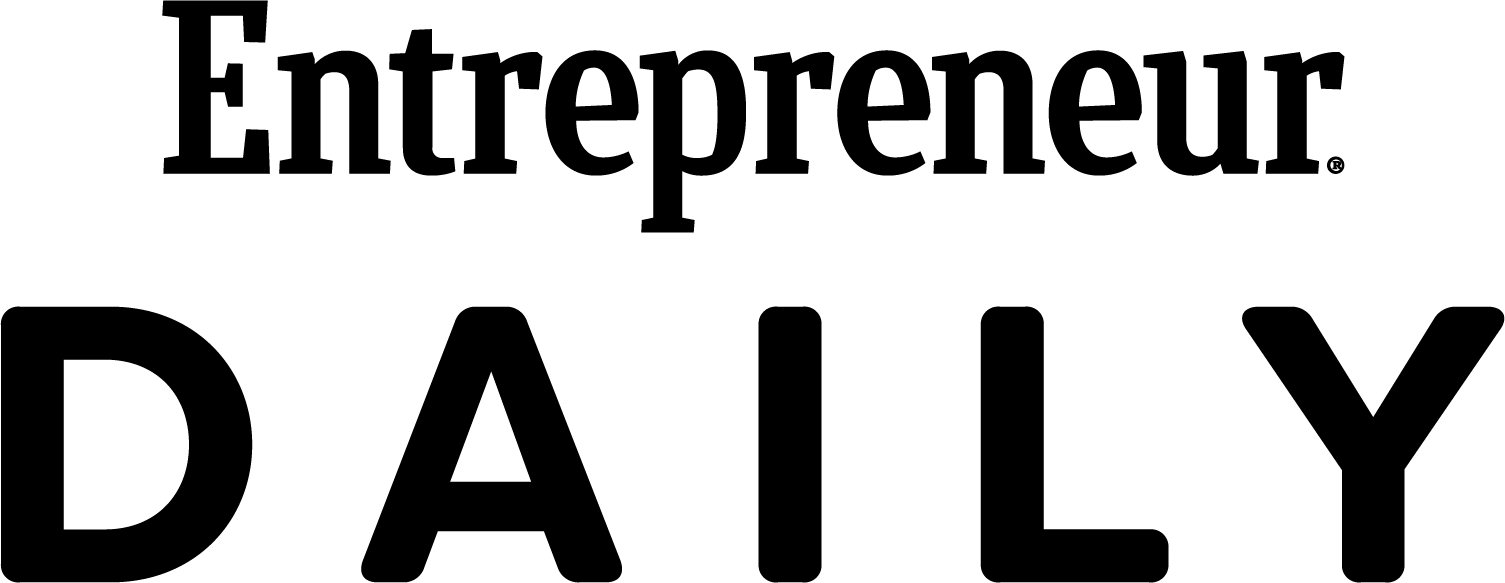Finding Innovative Ideas in Unexpected Places Looking far outside your own industry can yield surprising solutions to tough problems.
By Anne Fisher •

This story originally appeared on Fortune Magazine

A few years ago, executives at PepsiCo gave the R&D department a challenge: Find a way to cut the sodium content of snack foods, while still keeping the salty taste consumers crave.
After toiling away in their own labs and searching across the packaged-foods industry for ideas, the scientists found what they were looking for — in a global research lab that was studying osteoporosis.
What do salty snacks and bone disease have to do with each other? Nothing, except when it comes to so-called open innovation. The osteoporosis researchers had developed a way to create nanoparticles of a low-sodium, salt-like substance by "smashing calcium into tiny particles and re-growing it," says Andy Zynga, CEO of innovation firm NineSigma. That gave PepsiCo's food scientists a whole new perspective on the task, so "the company went on to solve its problem in a truly innovative way."
PepsiCo isn't the only one to have based a big innovation on an idea that originated in a totally different business, for a different purpose altogether. Procter & Gamble, for instance, found a way to reduce the wrinkles in shirts fresh out of the dryer by starting with a polymer invented by a computer chip expert at a European university.
Zynga, whose firm counts Xerox, Pfizer, Kraft, Siemens, and many other heavy hitters among its clients, says any company can make profitable use of ideas from other, seemingly unrelated fields. The first step in what's commonly called open innovation, he says, is to reframe the question of what you're looking for.
"State the problem in its most basic form," he suggests. In P&G's case, instead of looking for ideas on, say, "how to make fabrics less wrinkly," the company put the word out that it sought proposals on "relaxing surface tension of an organic material." Expanding the definition of the goal "lets you cast a very wide net, so you can find workable solutions in places you might never have thought of looking," Zynga says.
NineSigma has built a database of more than 2 million companies, nonprofits, and university labs worldwide, where its teams of consultants search for useful technologies on clients' behalf, but Zynga maintains that anyone with a tricky problem to solve can do something similar.
"Start with a basic problem statement that doesn't limit you to your own industry," he suggests. "Then, go and talk to suppliers, customers, and universities. Some of our clients have technology scouts who are constantly going to conferences to talk with experts in other fields, to see what they can apply to improving their own products." The more varied technologies you have to choose from, he adds, the better your chances of "advancing above and beyond what your competition is doing."
That's not to say that an innovation from elsewhere will always be welcome in-house. One obstacle to open innovation is a cognitive bias that psychologists call "functional fixedness," meaning that a company's own R&D experts "can't get past the way they have always looked, and where they have always looked, for solutions," Zynga says. "Ironically, the more success they've had with their usual approach to a problem, the harder it is to imagine a totally different one."
To change that, Zynga suggests appointing what he calls "a functional fixedness SWAT team — a group of innovators who embrace the idea of collaborating with others outside industry walls." He's seen such teams unearth enough helpful ideas from surprising sources that they've inspired their colleagues to "evolve from a closed loop to an open one."









